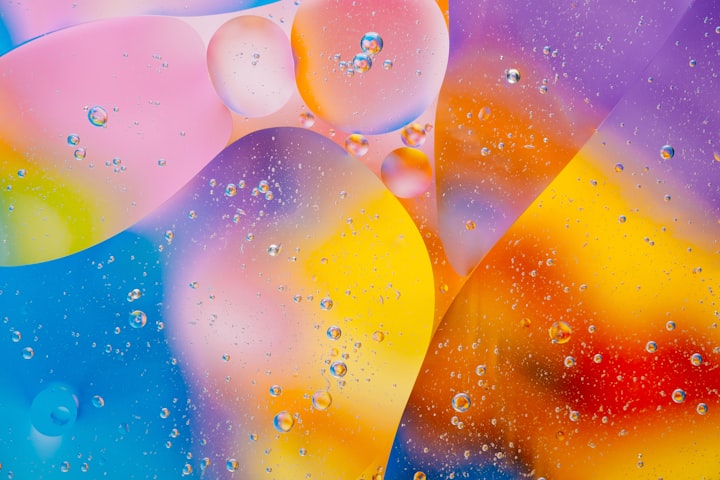DEFINITION OF YOGA - SUTRA 1.2
yogaś-citta-vṛtti-nirodhaḥ : Yoga or samadhi is the regulation or neutralisation (nirodha) of activity (vritti) that occurs in the field of conscious expression (chitta).

This sutra embodies the entire essence of the science of Self-realisation. By way of relaxed concentration, the practitioner prevents all mind-stuff (vritti) from forming in their individual conscious awareness (chitta) allowing them to experience pure conscious being. This then, is yoga or samadhi, the core teaching of the Yoga Sutra of Patanjali. The sutras that follow provide more detail on how to facilitate experiencing yoga, oneness consciousness.
The term nirodha is important to understand. It does not mean stopping, restraining, removing or denying the activities (vritti) taking place in the practitioner’s individual field of conscious expression (chitta). It is not about suppressing or repressing thoughts or emotions. The term nirodha is best interpreted as the process of disengaging, disentangling, dis-identifying oneself with the unfolding occurring in the mind, in a progressive manner so as to experience what it is that underlies them all. It is the process of letting go of all that is not real, to realise what is real and experience truth.
By neutralising or regulating (nirodha) rising thought-waves (vritti) the practitioner is able to progressively purify their conscious awareness so as to experience being without association with any occurrences (vritt) within their individual field of conscious expression (chitta). This then, is a state of yoga.
One’s field of conscious expression (chitta) includes the physical, emotional and mental aspects of their being. The practice of yoga requires our becoming skilled at regulating the manner in which we identify with what occurs at all three levels, so that our experience of being is no longer defined by such occurrences. Fundamentally, however, all identifications begin in the mind, and so the practice aims to facilitate our being able to neutralise the fluctuations in the mind.
The natural state of a lake of water is still and serene. The water in the lake can be upset by wind which causes ripples on its surface. The silt and dirt from the bottom of the lake can become agitated causing the water to become cloudy. In both cases, the lake floor is obscured and cannot be seen. The mind can be compared to the lake water. When it is in perfect stillness, the essence of existence is revealed.
As the stillness of the lake is upset by a variety of external factors, each causing a different impact, similarly our mental state can be influenced by the forces of nature, described in their subtlest form as the gunas. The gunas are the three strands that make up the fabric of objective creation. They are tamas guna, rajas guna and sattva guna. The mind in a tamasic state is negative, dark, dull, lazy and inactive. The mind in a rajasic state is unsettled, agitated, changing and active. The mind in a sattvic state is clear, harmonious, constructive and appropriately active.
The five states of mind described in the previous sutra can be understood in terms of the interplay of the subtle forces of nature, the gunas. Mudha is a dull state of mind influenced by tamas guna. Kshipta is a distracted state of mind influenced by rajas guna. Vikshipta, a partially concentrated state, is influenced by sattva guna but interrupted by both rajas and tamas guna. Ekagra is a sattvic state which allows us to maintain one-pointed focus and concentration. We can neutralise the influence of the gunas and as a result the activity in the mental field by experiencing nirodha, the state where the successful practitioner has complete control of the mind.
About the Creator
David McGrath
Helping people to explore who they are so they can celebrate life.






Comments
There are no comments for this story
Be the first to respond and start the conversation.